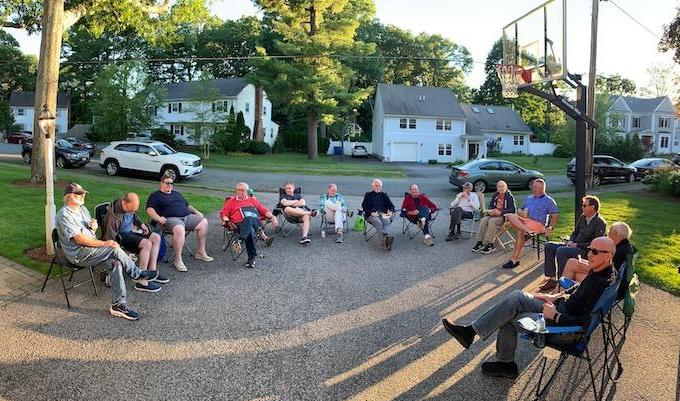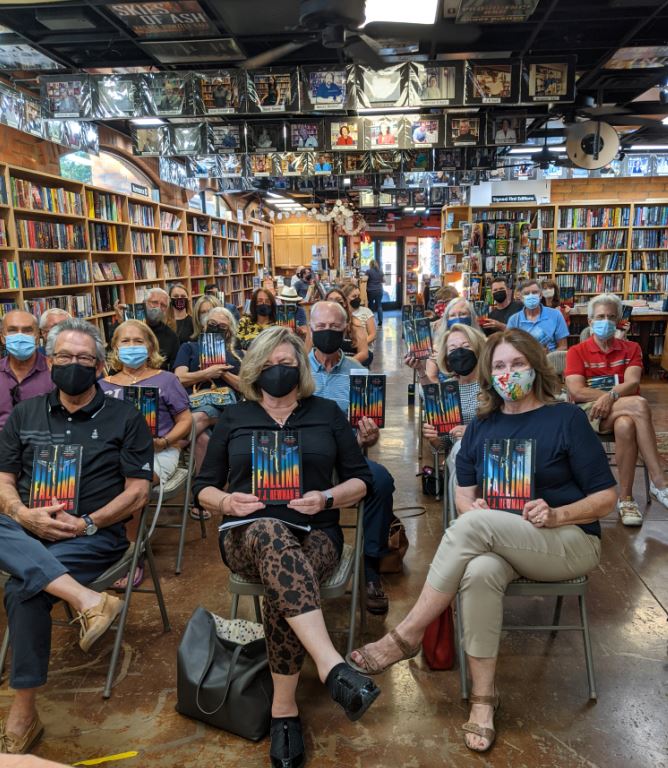Elizabeth Martínez, a feminist, writer and community activist "who helped organize the Chicana movement, which sought to empower people, like her, who were of Mexican descent and born in the U.S.," died June 29, the New York Times reported. She was 95. Known as Betita, Martínez "used her literary skills as an editor and writer to inspire, provoke, educate, strategize, organize and build cross-ethnic and cross-racial alliances, all in pursuit of social justice."
In New Mexico in 1968, she co-founded a bilingual newspaper, El Grito del Norte (The Cry of the North), and "was among the first to explore how issues of race, class, poverty, gender and sexuality could be connected under overlapping systems of oppression," the Times wrote. Her mission, as she described it in a manifesto written when she was 16, was to "destroy hatred and prejudice."
In her 20s, she had worked at the U.N., researching colonialism in Africa. She later worked at the Museum of Modern Art, assisting the photographer Edward Steichen, the museum's director of photography; and then as a book editor before joining the Nation magazine as books and arts editor.
"During this period, Liz had one foot in the world of upwardly mobile diplomats and the scribbling class, the other in the demimonde of outsiders, leftists and Lower East Side rebels," longtime friend Tony Platt, a social justice scholar at the University of California, Berkeley, wrote in 2013 in an issue of the journal Social Justice dedicated to Martínez.
Among the books she brought into print as an editor was The Movement: Documentary of a Struggle for Equality (1964). After the 1963 bombing of the 16th Street Baptist Church in Birmingham, Ala., Martínez joined the Freedom Summer in Mississippi in 1964, registering Black voters. The next year she edited Letters From Mississippi.
By the mid-1960s, "she gave herself over to left-wing causes. joining feminist groups and short-lived Marxist organizations," the Times wrote, noting that Angela Davis was an admirer and wrote the foreword to Martínez's book De Colores Means All of Us (1998).
After editing El Grito del Norte, Martínez helped create the Chicano Communications Center, which published one of the most significant books she edited, 450 Years of Chicano History in Pictures (1976), later reprinted as 500 Years of Chicano History in Pictures. She also wrote a companion volume, 500 Years of Chicana Women's History (2008), when she was in her 80s.
Martínez later moved to the San Francisco Bay Area, where she again focused on community organizing, teaching women's studies, conducting anti-racist workshops and mentoring young activists. She also helped found the Institute for MultiRacial Justice. Martínez was lecturing and writing into her 80s and attending demonstrations until she moved into a residential care facility in San Francisco in 2012.
 New Story Community Books has opened a second, seasonal location in downtown Battle Creek, Mich., in a retail collective called BC Cargo, Second Wave Media reported.
New Story Community Books has opened a second, seasonal location in downtown Battle Creek, Mich., in a retail collective called BC Cargo, Second Wave Media reported.





 U.K. booksellers plan to "
U.K. booksellers plan to " Nigel Jones, bookseller and co-founder of
Nigel Jones, bookseller and co-founder of 
 The first
The first 
 On Tuesday night,
On Tuesday night,  Eat Cake for Breakfast: And 99 Other Small Acts of Happiness
Eat Cake for Breakfast: And 99 Other Small Acts of Happiness In Sara Nisha Adams's sweet, pleasing debut, The Reading List, two lonely characters in contemporary London--and a host of friends and family--learn just how much books, and other people, have to offer.
In Sara Nisha Adams's sweet, pleasing debut, The Reading List, two lonely characters in contemporary London--and a host of friends and family--learn just how much books, and other people, have to offer.